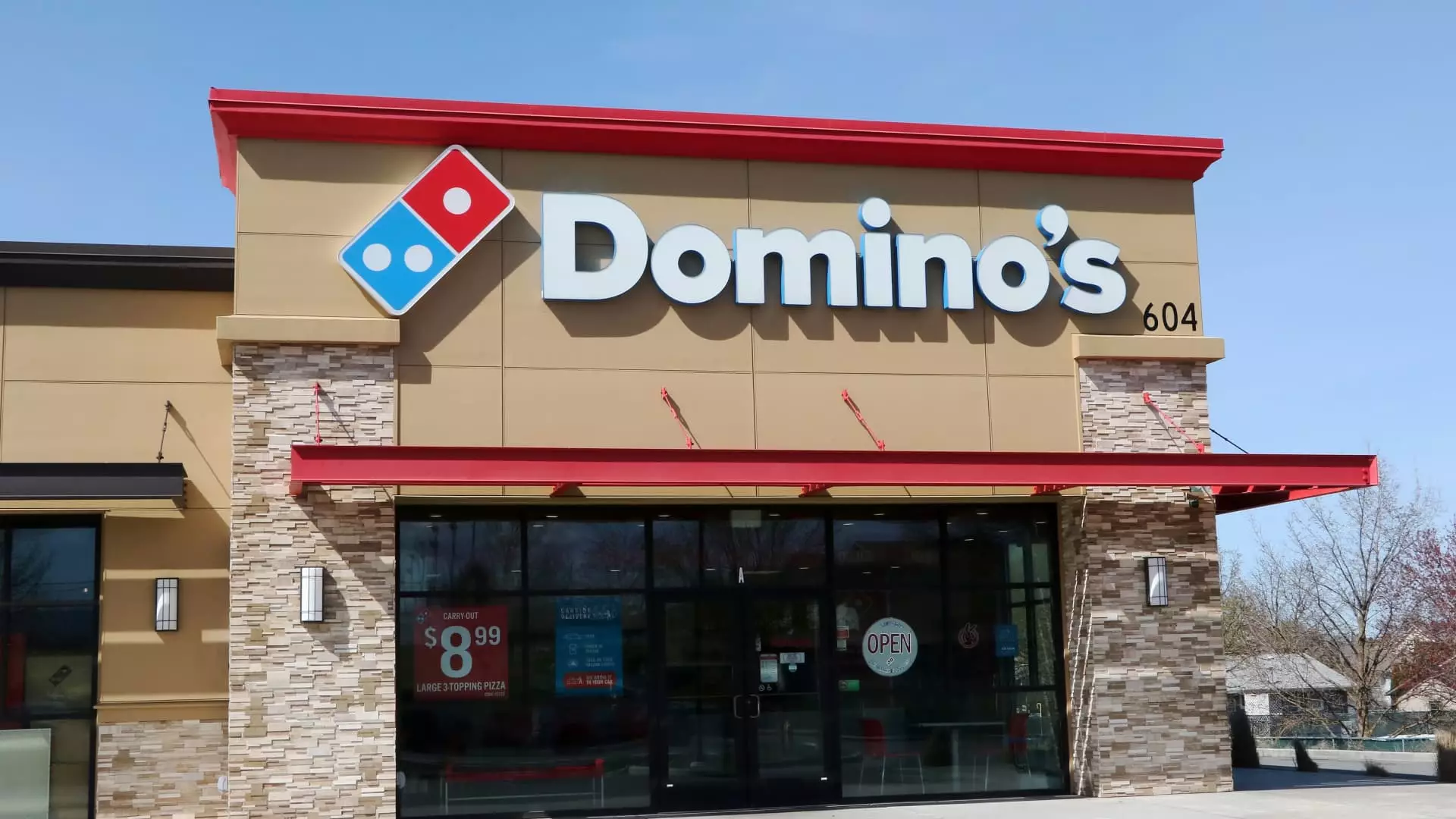Domino’s Pizza boldly asserts that recent industry headwinds are actually acting as tailwinds for its expansion. While the company’s CEO Russell Weiner claims that higher inflation and economic pressures are “systemic” and benefit their business, such confidence is arguably misplaced. In truth, the broader economic landscape remains uncertain, with many consumers still feeling the pinch of rising costs. The idea that Domino’s can thrive amidst these challenges might be an overestimation of its adaptability. The company’s claim of gaining market share—particularly from consumers across all income brackets—warrants skepticism, especially as competitors also introduce aggressive value propositions. It’s important to consider whether Domino’s is genuinely capturing new demand or merely redistributing existing pie consumption among fast-food players.
Reliance on Promotions: A Double-Edged Sword
Domino’s growth appears heavily dependent on promotional offers like the $9.99 “Best Deal Ever.” While such deals temporarily boost sales and attract price-conscious consumers, this strategy is inherently unsustainable if overused. Relying on aggressive discounts can erode profit margins and contribute to a commodification of pizza, where brand loyalty diminishes in favor of lowest prices. Moreover, the company’s emphasis on value—appealing across income groups—may indicate that their core differentiators are fading. Consumers are increasingly savvy and may soon demand more than just bottom-dollar deals; they want quality, convenience, and innovation. Excessive promotion could lead Domino’s into a future where price becomes the only competitive metric, diminishing its ability to command premium pricing or foster brand loyalty.
Challenging the Narrative: Are Consumers Truly Buying In?
While Domino’s claims success in attracting low-income customers, critics should question if this represents a genuine shift or just a short-term reaction to economic uncertainty. When budgets tighten, consumers often seek to maximize value, but that doesn’t guarantee long-term loyalty or increased overall demand for pizza. The broader trend of consumers opting to dine at home—particularly during periods of inflated food prices—presents a structural challenge that no amount of promotional blitz can fully overcome. Furthermore, if customers perceive Domino’s as a provider of inexpensive, quick-fix meals rather than a provider of quality or innovative dining experiences, it risks being relegated to the cheap-eats category, vulnerable to competitors who reinvent fast-food with better offerings.
The Risk of Price Wars and Eroding Profitability
Domino’s optimistic outlook ignores the peril of escalating price wars. As competitors like McDonald’s, KFC, and Chili’s invest heavily in value menus and dining experiences, Domino’s may find itself compelled to follow suit, risking margin erosion. Weiner’s acknowledgment that the company might “lose an occasion” to eating at home highlights an underlying vulnerability—if prices become too high, the convenience and affordability that initially drew customers might no longer be enough. The recent earnings miss, driven partly by a costly investment in China, signals that global expansion and localized strategies are not without risks. Domino’s reliance on promotional strategies might help temporarily, but in the long run, sustainable growth depends on innovation and differentiation, which seem to be secondary considerations in their current approach.
Questioning the Long-Term Value of a Short-Term Strategy
If Domino’s identifies its growth solely within a framework of discounts and low-price campaigns, it could undermine its brand equity and strategic positioning. While the company claims that the current economic environment favors them, history shows that consumers’ priorities shift with time. When wages improve and inflation subsides, reliance on intense promotional tactics could backfire. The temptation to lean heavily on value offerings may lead Domino’s into a cycle of diminishing returns, where profits suffer and consumer perception shifts from a quality pizza provider to a fast-food discount chain. Ultimately, whether Domino’s can transcend this phase by cultivating a loyal customer base that values innovation over price cuts remains an open question, and overestimating the current economic tailwinds risks compromising the company’s future stability.

